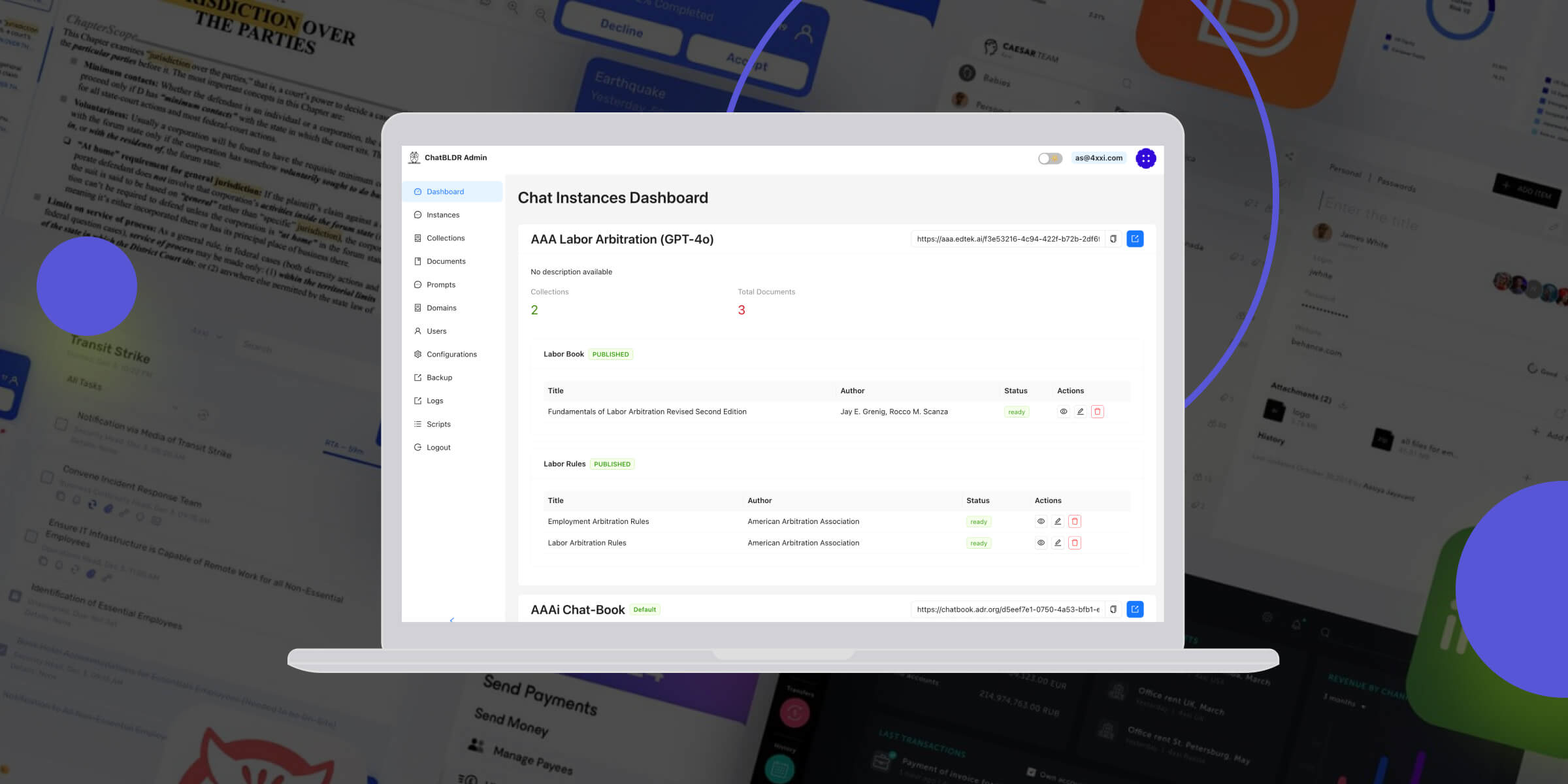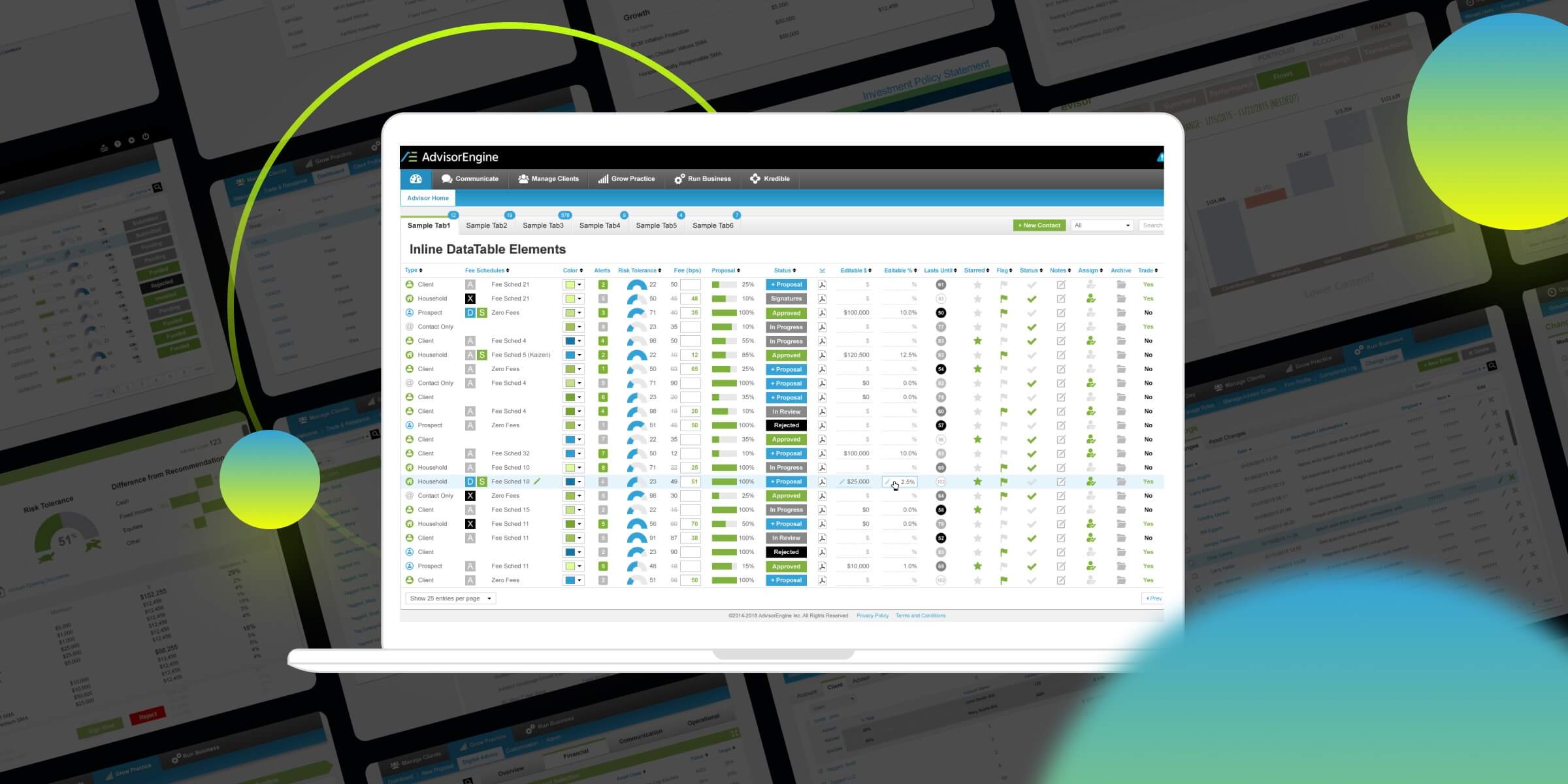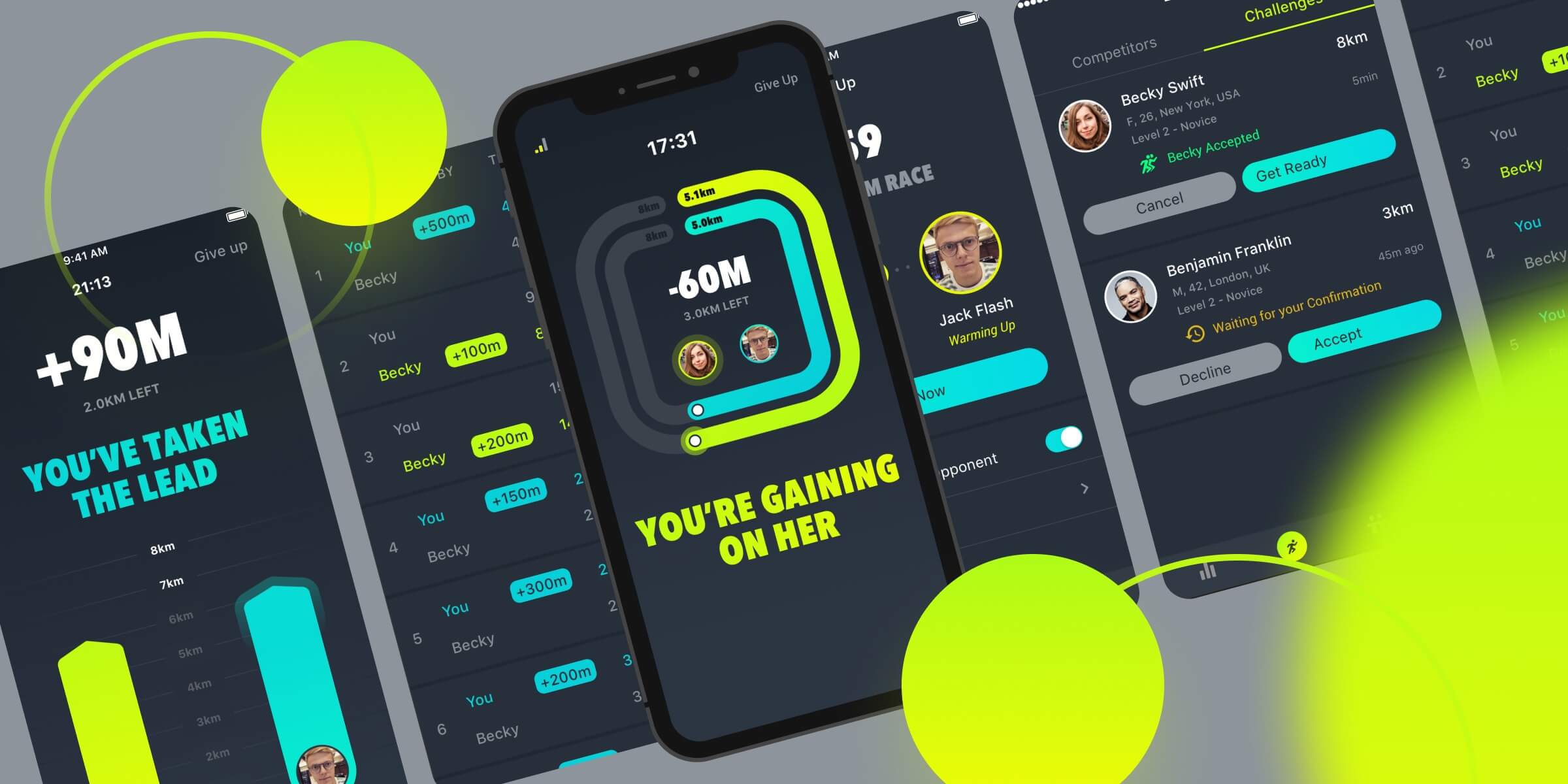From Evernote’s killer to b2b incident management platform. Groupdolists is a web-based incident management tool that allows teams to optimize the management of any incident, from a power outage in the office to a terrorist attack in a school, where clear adherence to instructions and consistency are important.
How it works
User company representatives create incidents on the Groupdolists platform - events that require employees to take certain actions. An incident can refer to a routine situation. For example, one company used Groupdolists to monitor the security department’s daily security patrols. During the rounds, the guard marked all the items on the instruction checklist and attached photos to the report.
But in most cases, it’s important for companies to effectively manage out-of-scope situations that threaten security right now. One of Groupdolists’ clients was Blackboard, a major LMS for schools in the United States. In addition to its core products, it offered schools a Groupdolists-based solution to coordinate all school employees in case of emergencies, such as a shooting, earthquake, terrorism, and so on.
When a certain event occurs, the incident is activated, and the necessary instructions — checklists — are delivered to the implementers. Executives mark the execution of the instructions, promptly exchange information via chat and notifications, and supervisors can view the execution of the checklists and see the process of solving the incident in real time.
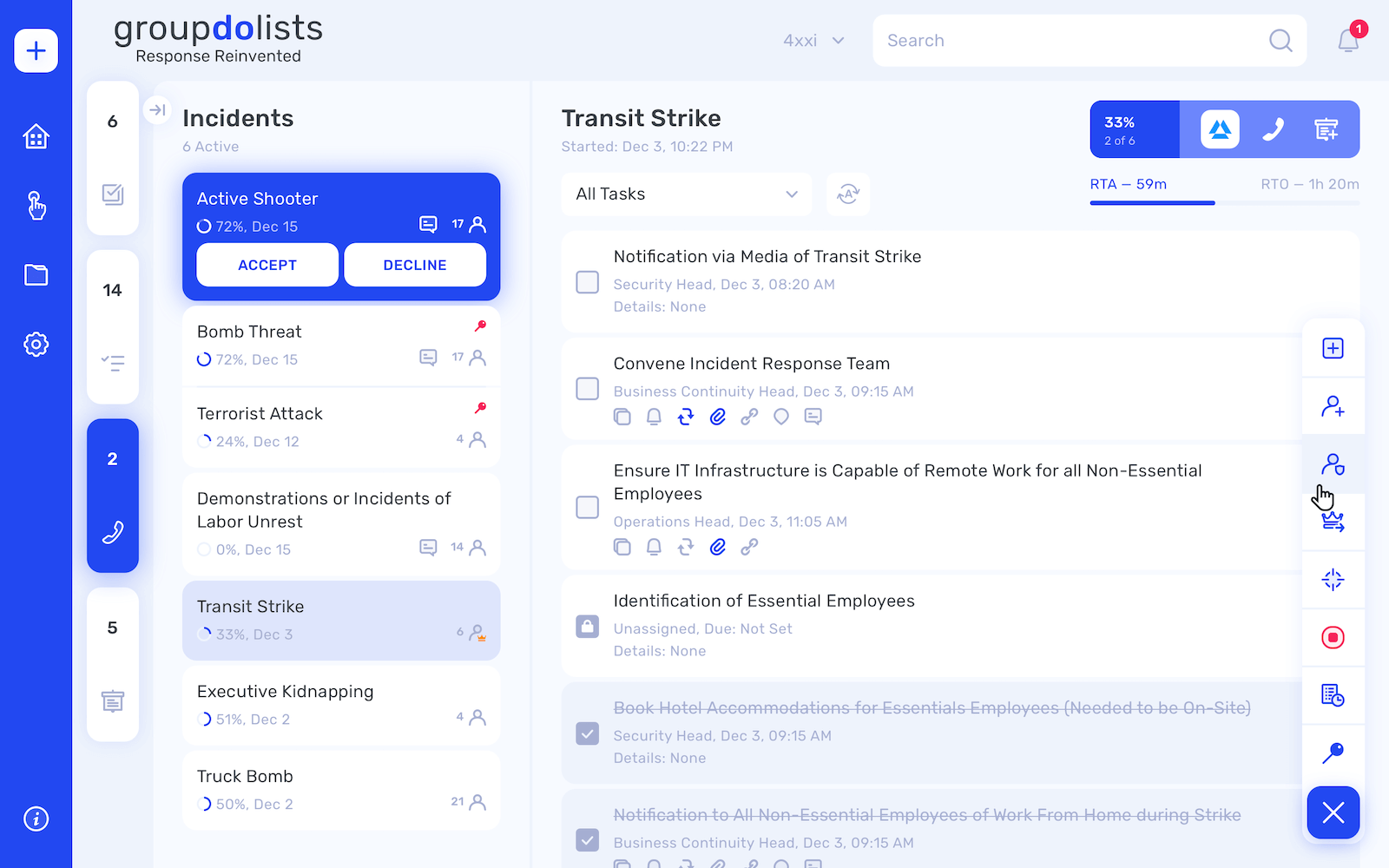
When GroupDoLists was first released in 2018, it was the only tool that used a checklist system for incident management, as in project workflow apps. It was a real breakthrough, replacing the printed PDFs of instructions that were handed out to employees with the ability to post instructions in a convenient app and track them in real time. Companies could upload to the platform instructions that were already used by their employees or create new ones with developer support.
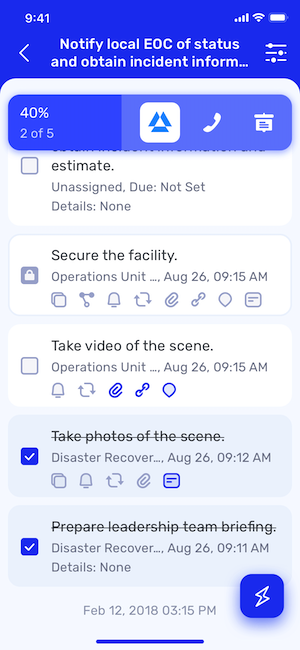
How we did it
The idea of using checklists in an incident management tool gave Groupdolists a major advantage over the competition. It was preceded by a long history of developing a very different application, which helped us grow into a real product team and confirmed the importance of engaged interaction with the customer. Back in 2013, we were approached by Michael Sher. He had just successfully sold his previous business and had an idea for a new business.
Michael was actively using new technology for business and everyday life and was very unhappy with the way the technology worked with notes. He didn’t like that the note-taking apps offered to structure notes with tags, and it took a lot of time to tag them. Otherwise, a couple of hundred notes turns into chaos. Michael wanted to make an app that allowed him to structure notes in a more convenient way, and had some other features that Michael lacked.
In our team, this idea was met with complete understanding. Many of us weren’t happy with the way the note apps that existed in 2013 worked, either. Together with the client, we decided that the ideal app should have:
- a better way to structure notes than a tagging system
- tools to collaborate on notes,
- control access not only to individual notes, but also to a group of notes,
- the ability to share notes via a link.
In three months, we made a note app for Centrallo that exceeds the functionality of the popular Evernote, which took all of these requirements into account.

The most important thing is that we managed to get away from the tagging system at the expense of the new architecture. We went the way of creating a regular file structure, where you have folders that can store other folders, and so on.
“It seems obvious now, because there’s a Notion now. It is unlikely that they copied us, but I am pleased that the architecture I invented and implemented almost 10 years ago is still relevant today. We used the logic of storing information that every user was already familiar with. The only trick that wasn’t obvious at the time was the lack of distinction between folders and files. I asked myself: what is the difference between a folder and a file? Well, yes, a folder can contain files, but a file cannot seemingly contain other files. Why can’t it? Why can’t a note contain other notes? And I made a structure that makes no distinction between a folder and a file. A note can contain other notes.”
 Evgeny Smirnov, designed the architecture and did the backend
Evgeny Smirnov, designed the architecture and did the backend
This architecture made for a super flexible application where you could do the structure that you were comfortable with. Everyone was happy with the result. Many of our team used Centrallo themselves all the time for everyday tasks. But we were wrong about something: happy users of the free functionality were not willing to pay for additional features. The app was barely selling.
Together with Michael, we started looking for ways to make it better. He felt the app lacked the ability to create to-do lists, so we added that feature. But it didn’t work - users didn’t want to pay anyway.
The next step, after some brainstorming, it was decided to refocus the product on the b2b-market and develop it as an advanced to-do list app, similar to Wunderlist, but with additional features that we had already developed (creating notes, configuring collective access to the lists and so on).
So the Groupdolists app was born, based on the architecture developed for Centrallo. But… it still didn’t sell. Investor relations were handled by Michael, and although they were good acquaintances of his, no one was willing to invest indefinitely without predictable results.
From a development standpoint, our task was long over, but we kept looking for an outlet with Michael because he trusted our team and it was an interesting challenge for us.
In looking to reposition the product, Michael recalled his experience in the incident management market when he co-founded Send Word Now in New York City after September 11, 2001.
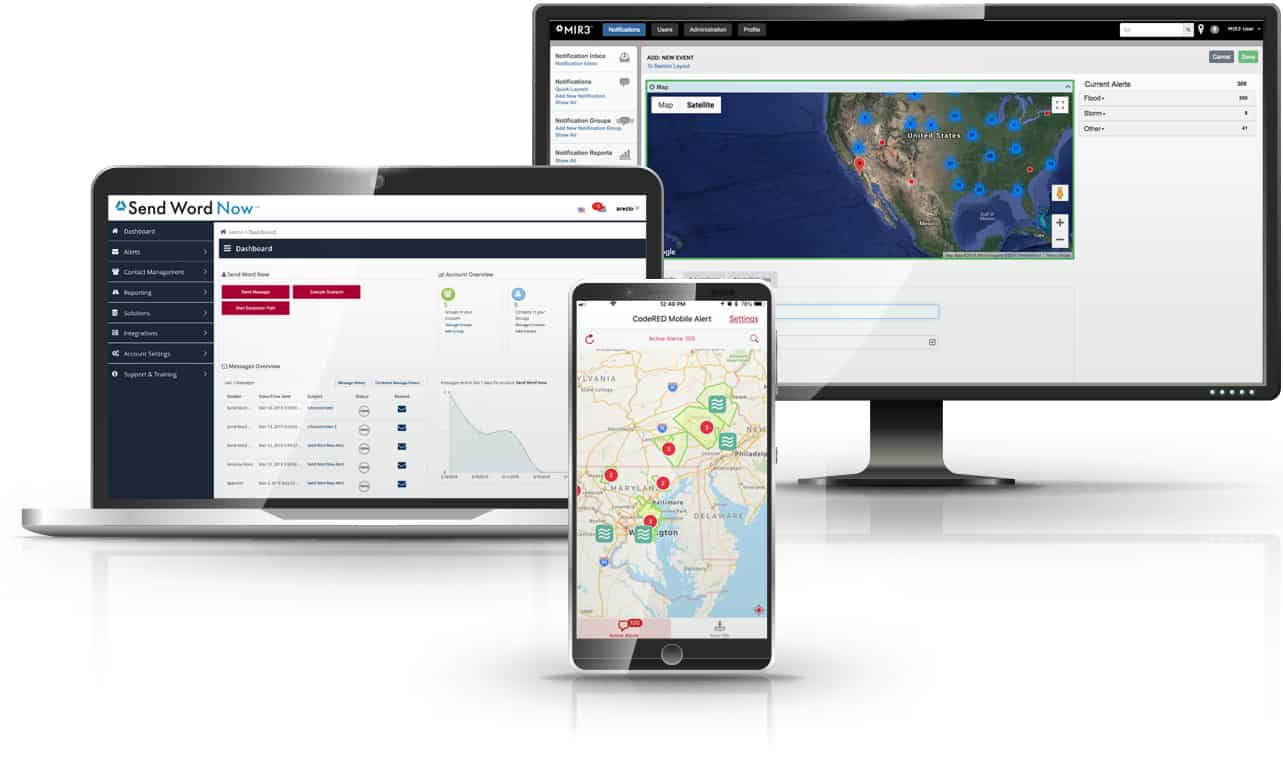
He knew that IT products for incident management were designed for very large customers, such as Apple, and were very expensive. There were no decent tools for the average business. But even the existing giants had a weakness in incident coordination. Knowing this and our advances in creating to-do lists, Michael realized that this was the missing puzzle that would give a competitive advantage. After all, in terms of technology, the incident procedure is to follow checklists designed for different roles.
Besides, Groupdolists had to differ from the competitors by the affordable price and the possibility to customize it (for example, it is possible to integrate the SMS-service for sending emergency notifications, if the client has been using it for a long time). Michael’s solution required us not just to refine the product - we had to change ourselves as a team.
“This was a live product that was constantly changing. Having already had its first users, we removed irrelevant functions of the “note-taker” and added solutions essential to the business. For example, we worked on fault tolerance and developed a geographically distributed infrastructure, since our customers were both in the US and Europe.
Michael expected us to plan for the long term and deliver on time features to customers, current and potential. The team doubled in size, to 18 people, and was broken up into units. That way we could develop 3 or 4 features at a time. In order to reduce the number of bugs, we automated the testing, shifting part of the final checking to the customer, so that he could check everything himself before going to the client. We used Groupdolists ourselves: we created checklists for the release to check the functionality.
That said, we always worked closely with Michael. He had an understanding of what functions the application should have, and we turned his understanding into user experience: for example, how to make a start button so that no one would lose it, and so on. The experience we gained raised the level of everyone in the team and allowed us to improve processes on other projects. We became involved partners, a product team, not just guys who code. The team improved the product, the product improved us.”
 Alexey Syrkovsky, project manager, was responsible for release management.
Alexey Syrkovsky, project manager, was responsible for release management.
During the Covid-19 pandemic, Groupdolists released a free “Employee Positive on Covid-19” response plan that helped organizations stay on top of improvisation and stay up and running in new environments. In 2022, Groupdolists was bought by Infinite Blue, a company that delivers business resilience software around the world. Becoming part of such a big project is a good outcome for a startup, and we’re glad we went that route with our customer.
What we have learned
-
To give up hypotheses that have not been confirmed by practice in time and formulate new ones. Now, having a lot of experience working with startups, we understand that this is the right position - to be ready to give up the first idea if it does not work. The experience you gained during its implementation helps you formulate the next idea - and so on until the next solution works.
-
Understand the difference between the b2b and b2c market. We’ve seen firsthand how difficult it is to sell products in the b2c market. If you want your product to be bought, it has to be at least 80% b2b.
-
Build a win-win relationship with the customer. You have to work with the client on the startup, since nobody can implement his idea without his active participation. In this product we were able to reach a successful conclusion because we talked a lot with Michael, tried to understand his expectations, discussed reasons for failures and ways out of deadlocks. If we had just formally implemented what he was asking for, the project would have folded at the to-do list stage: it didn’t work, there was no money - well, that was it.
-
Transform workflows to meet business objectives and scale the team. In a situation where we had to simultaneously get rid of the old notes application code and develop new features for each client, not only the team grew, but also the pressure on it. To reduce this pressure, we lengthened sprints, automated testing, and moved some of the final testing to the customer so that he could check everything himself before going to the customer. At the same time, we had a good idea of how the product lived and developed, and we participated in its development as partners, not just guys who coded. The team improved the product, the product improved us.




